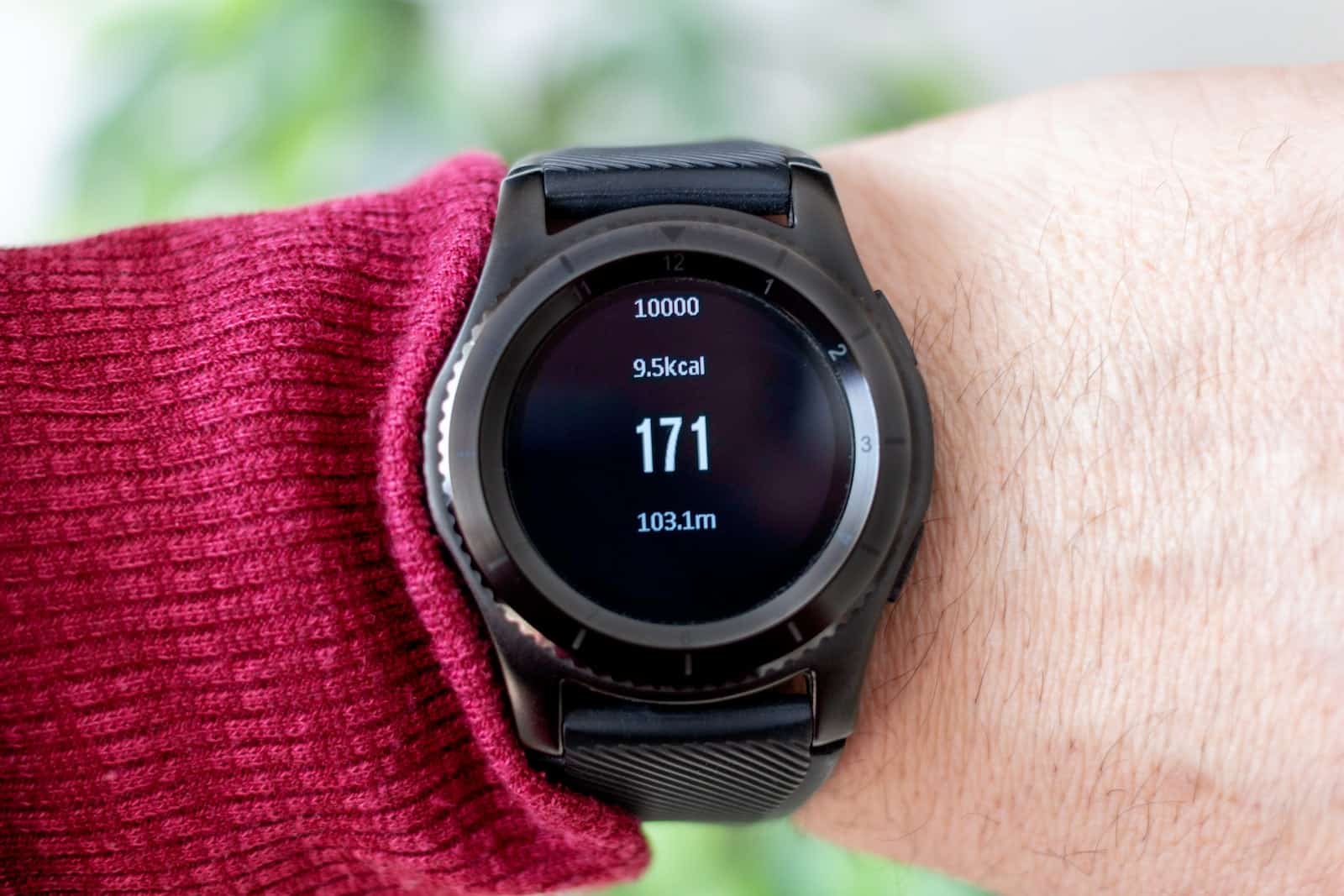Training With Heart Rate

Training With Heart Rate
The potential benefits of training with heart rate monitors have been so positively encouraged in running magazines that many runners feel it’s a necessity to train with heart rate. Heart rate monitors can keep you in the right training zones, prevent overtraining, and help monitor progress. But, what if those benefits are outweighed by the limitations of training with heart rate? Could it be possible your heart rate monitor is holding you back from reaching your potential? In my experience as a coach and athlete, training by heart rate is less accurate and more problematic than training by pace, feel and RPE unless you are a very experienced runner. Therefore, I don’t recommend it to the athletes I coach. Here are three reasons why:
1. Many changes in heart rate do not match up to effort levels
The biggest limitation to heart rate training is that many changes in your heart rate do not correlate to your fitness level. Sleep, stress, and dehydration can all raise or lower heart rate on any given day. As normal people with jobs, families, and otherwise busy lives, these outside influencers are common and can have a drastic effect on your heart rate readings.
Sleep and heart rate variability
Studies have concluded that a lack of sleep, will elevate your heart rate 5-10 beats per minute (bpm). While this may not seem like a big change, coupled with the other factors below, a lack of sleep could cause you to train at heart rate levels that are below your optimal training zones. In addition, you naturally have a lower heart rate in the morning than you do at night. Even further, heart rate can vary by 2-4 bpm from one day to the next without any changes to fitness or fatigue. Therefore, you need to adjust your heart rate to accommodate for the time of day you’ll be attacking the roads and factor in daily variability.
Stress
Stress has the same effect on your heart rate as a lack of sleep. One study, in particular, showed that workplace stress raised heart rates by 4-6 bpm. This is an important statistic for runners who train after work. Unlike sleep, an exact measurement of your stress level, and therefore the exact increase in your heart rate, is difficult to determine. While running is a great way to reduce the effects of stress, the elevated heart rates you experience while in a stressful state will change the heart rates at which you should be running.
Caffeine
As runners with busy lives, caffeine often becomes the fuel that runs our day – for better or worse. While staying awake at work is ideal, studies have shown that caffeine elevates heart rate for up to 24 hours after ingestion.
Like stress, it is difficult to measure the exact change in heart rate you’ll experience when consuming caffeine because we all react individually to its effects. Runners who are accustomed to caffeine will be less affected than those who only drink the occasional cup.
Weather
Weather also has a dramatic influence on heart rate. During hot days, your heart rate will increase as your body works to cool itself down. In hot and humid conditions, blood is sent to the skin to aid in the cooling process. This means there is less available blood and oxygen for your working muscles. Therefore, your heart has to work harder to maintain the same pace and effort during your run. Conversely, heart rate will decrease (or more accurately underestimate the intensity of exercise) in response to training in cold environments. Researchers posit that training in cold temperatures results in an increase in stroke volume and thus a higher V02max, which will lower the perceived effort and reduce your heart rate.
Dehydration
Finally, dehydration has a profound effect on heart rate. In one study, researchers found that cyclists who exercised in a dehydrated state exhibited heart rate readings that were 5-7.5% higher than normal. Like the above factors, training in a dehydrated state can drastically influence your heart rate training zones. While each of these factors in itself isn’t cause to throw your heart rate monitor out the window, when you combine their effects, you can easily be exercising outside your target heart rate zones on any given day. Likewise, the exact measurement of your stress levels, caffeine intake, and heart rate variability can be difficult to pinpoint, leaving you guessing at your actual heart rate levels.
[actt mask=”Heart rate CAN be a good indicator of training effort, but don’t be a slave to it!” tweet=”Heart rate CAN be a good indicator of training effort, but don’t be a slave to it! – @Tri_coaching” btn-text=”” duration=”” delay=”” font=”poiret-one” anim=”none” template=”bbutton”]

2. Lack of concrete data needed to establish training zones
Another inherent drawback to heart rate training is how difficult it is to establish your max heart rate and accurate training zones. While a quick Google search reveals a myriad of formulas to help you find your max heart rate, the problem with formulas is that they are based on an average. What if you’re not average? Not only that, but is maximum heart rate really the best predictor of training zones?
In order to establish proper training zones, an athlete must first determine their maximum heart rate (MHR). Unfortunately, a majority of runners use simple heart rate formulas (does 220 minus age ring a bell), which have a high degree of error.
To get an accurate measure of your maximum heart rate, you should partake in a graded exercise test, but locating a facility that can accommodate this type of testing isn’t easily found. Likewise, a graded exercise test won’t be appropriate for a beginner runner who can’t handle such a stressful workout.
Therefore, many runners who control their effort by heart rate may be doomed from the start by using faulty max heart rates.
Training zones and correlation with lactate levels. Training with a heart rate monitor requires adherence to a specific set of heart rate zones, each of which is designed to elicit a particular exercise intensity. Unfortunately, maximum heart rate is not the ideal way to measure the bodies response to exercise. Rather, blood lactate levels are more accurate.
In fact, research has demonstrated that there is no predictable relationship between heart rate and lactate threshold. Lactate threshold tends to occur at around 90% of maximum heart rate in well-trained runners, but it can occur at 50% of maximum heart rate for beginners. Therefore, your optimal training zones could be far outside what traditional heart rate training advocates suggest.
3. Faulty readings and flawed monitors produce inaccurate data
While I have been rather scientific so far, perhaps my biggest gripe in regards to heart rate monitor training is the unreliable data. From a training and coaching standpoint, I am not willing to make my training decisions based on devices that barely work half of the time. As a coach and a runner myself, If I am going to rely on the data I am receiving to make the best decisions about training, I need to be confident that it’s correct at least 95% of the time. Otherwise, I may be making training decisions based on irrelevant and inaccurate information.
Now, this doesn’t mean I never use heart rate or think it’s a terrible idea altogether. Simply speaking, I don’t trust it and would rather develop a runner’s more fine-tuned internal sense of effort and pace. If you use a heart rate monitor currently, you don’t have to stop – just keep these three caveats in mind.
As always, I encourage your comments, experiences, and questions about heart rate training in the comments section. See what’s up next week for our #RunFormFriday tip! For a more in-depth understanding on how to put this into practice, get in touch and we’ll see how we can help!
